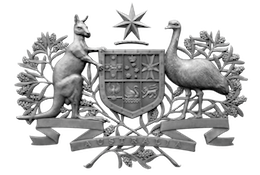Amiens
Breaking Through the Trenches


This memorial commemorates the service men and women who served in the First World War and Second World War by listing the names of the towns in which they were born. Superimposed on the 23,844 town names are 47 of the many battles in which they fought and made the ultimate sacrifice for their country, Australia.
This page shows a panorama of the wall, you can pan, zoom, search for a town name or get information on individual battles.